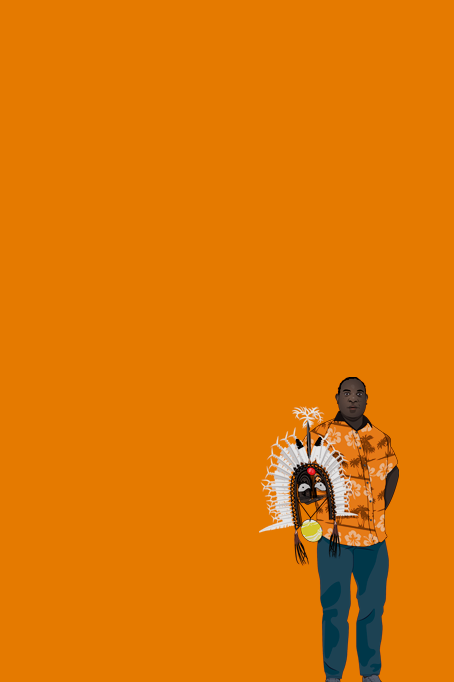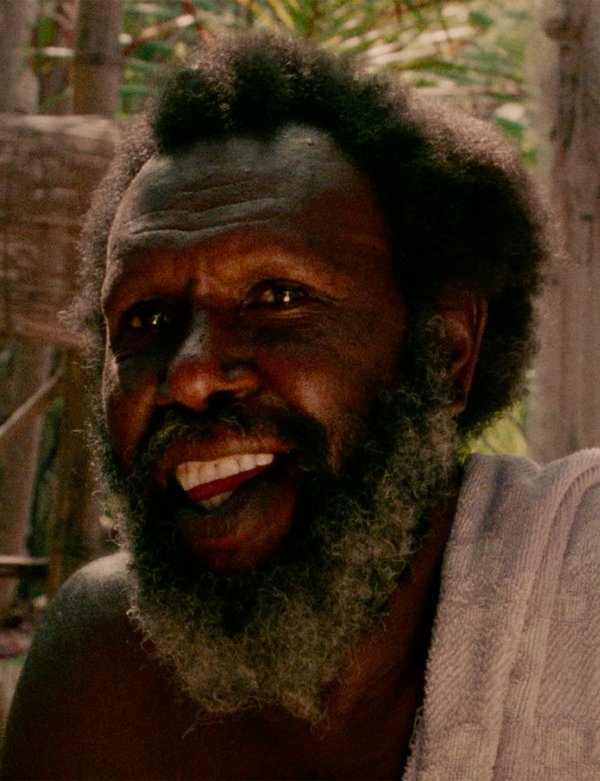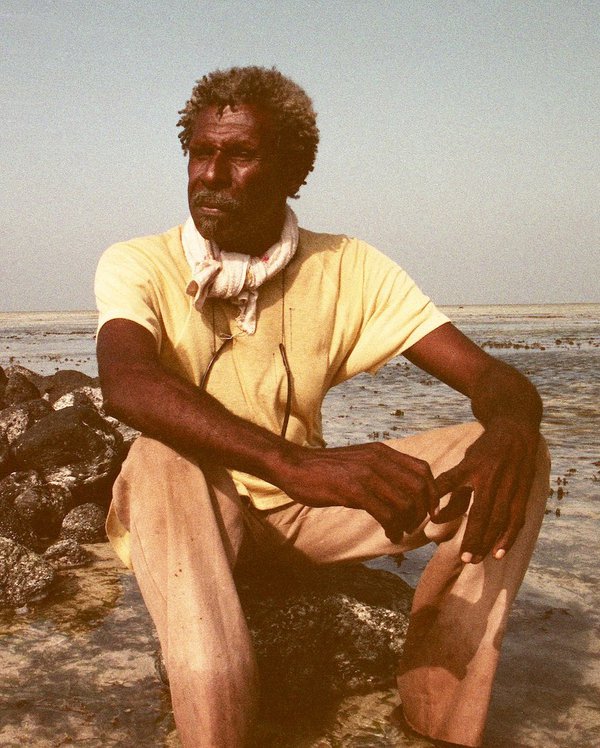Torres Strait Islands
People have inhabited the Torres Strait Islands for at least 2500 years and the surrounding sea is rich in coral and marine life. Learn about the shark in the sky and the importance of the sea and land.


The peoples of Torres Strait Islands
People have lived on the Torres Strait Islands for at least 2500 years. Fourteen islands are now inhabited. Most of the population identify as Indigenous Torres Strait Islanders.
Dozens of islands are scattered over some 48,000km2 of water. Some are remnants of a land bridge that once linked New Guinea and Australia.
The surrounding sea is rich in coral and marine creatures, which means plenty of food for fishes, which in turn are food for sharks, especially Baizam (Hammerheads) and Tigers.
Video Transcript
Tiger Shark to me means that he is the boss. He is the boss of all sharks, is almost like a protector. I have much respect for it and it is my totem.
And to respect its domain, I respect its territory. Before going out and using the territory we have to give honour to it, and the great creator that gave us the shark and gave us our laws and in our language we call ancestors passed on from one life to another when they die, they go back into the ocean where they stay forever.
And a Tiger Shark is there to look after and to oversee everything that's in the sea in a spiritual realm. So the Tiger Shark to me means that I have a great responsibility in my looking after and taking care of my sea territory. And I have that level of authority to say who comes and who doesn't come in my territory because I'm the boss Tiger Shark.
We understand how he thinks, we understand how it feeds. We understand where it swims, where its territory is. It hunts on its own accord. It hunts on its own time. We do not feed it because when we do feed it, then he would hang around. He would hang around and then once you get into the water, then he will feed on you.
When we go out fishing, as soon as you get a fish out of water, you have to take everything with you and take to land and clean it because once you throw everything overboard, sharks will come. And even the fishes that are there cannot come and pretty much hunt for themselves anymore because there are so many sharks around. It brings fear on everything, the ecosystem.
We're passing this knowledge is by word of mouth, and everything that we have passed on for centuries was by word of mouth. Knowledge is not stored up here, knowledge is stored here, because knowledge doesn't share it here, but a heart sheds a tear.
And people that are living on Murray Island are really blessed and are teaching the young ones on how to dive, where to dive, and what to do and what not to do to respect the ocean and the sea creatures.

Flying the flag
The Torres Strait Islander flag shows the importance of sea and land to the people who live there. The central blue panel represents the waters, while the green panels are the land. The Islanders are present in the thin black stripes between the two.
At the centre of the flag, the five major island groups are represented by a white five-pointed star, which is also a navigation symbol. The white dhari (or dari) is a ceremonial dancer's headdress symbolising the Torres Strait Islands’ people. White is the colour of peace.
The flag was designed in 1992 by the late Bernard Namok, from Thursday Island.
The Shark in the Sky
When Obery Sambo’s wind totem blows it’s a sign that the strong north westerlies are coming. There is a change of season and that’s when the constellation Baizam (Hammerhead Shark) appears in the sky.

The tail of the shark touches the horizon and there’s a crack of lightning. This is called ‘Waini Perper’. It is a warning to the Meriam people that they need to start tying everything down in preparation for the wind’s destruction.
When the shark tail touches the horizon it is like the Baizam leaning its tail on the seabed when it’s against the tide. It let’s the tide brush against its face and waits for the fish to come. When it sees the fish, it uses its tail as a springboard to attack.


Obery Sambo. Meuram clansman from Mer Island, dancer, choreographer, storyteller, musician.
Image: Australian Museum © Australian MuseumWhen I see images on TV when people are killing sharks – that’s my dad, that’s my ancestors.
The Mabo Case

Tiger and Hammerhead Shark's triumph
The Mabo Case, won in 1992, was a defining moment for First Nations peoples. It recognised the land rights of the Meriam people, traditional owners of the Murray Islands in the Torres Strait.
The case overturned the myth that at the time of colonisation Australia was terra nullius or land belonging to no one. Eddie Mabo worked tirelessly on the case for 10 years.
Five Meriam people mounted the case. They were Eddie Koiki Mabo, Reverend David Passi, Sam Passi, James Rice and one Meriam woman, Celuia Mapo Sale. Eddie Mabo was the first named plaintiff and it became known as the Mabo Case.
Sadly, Eddie Mabo – Tiger and Hammerhead Shark – died in January 1992, just months before the High Court announced its decision.




